Optimal Timing for Waterproofing Applications
Waterproofing is a critical step in protecting structures from water intrusion and damage. The timing of waterproofing applications can significantly influence their effectiveness and longevity. Properly timed waterproofing can prevent costly repairs and structural issues caused by water infiltration.
Spring offers moderate temperatures and less rainfall, making it an ideal time for waterproofing projects. It allows sufficient curing time before the summer heat.
Summer provides warm weather and dry conditions, which are optimal for waterproofing applications. However, high temperatures require careful consideration of product drying times.
Fall's cooler temperatures and lower humidity levels help ensure proper curing. It is a popular season for waterproofing before winter.
Winter is generally not recommended due to cold temperatures and potential for freezing, which can impair waterproofing materials and application quality.
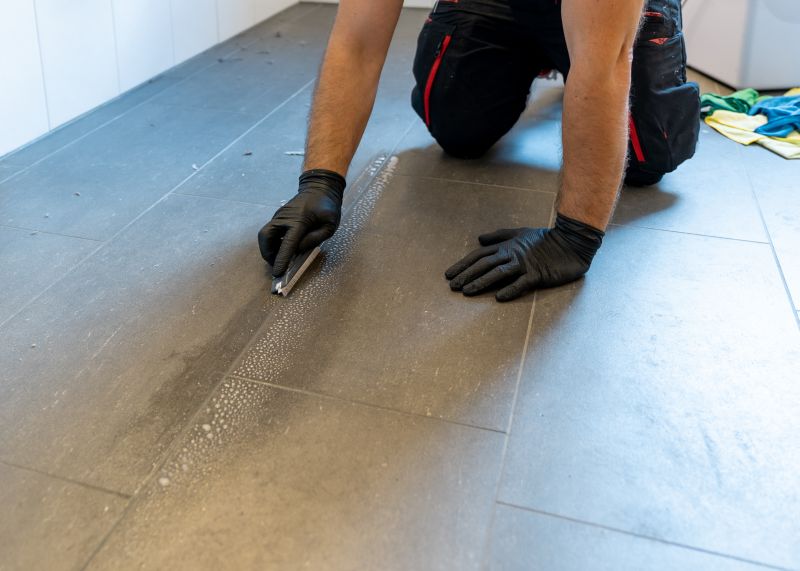
Ways to make Waterproofings work in tight or awkward layouts.
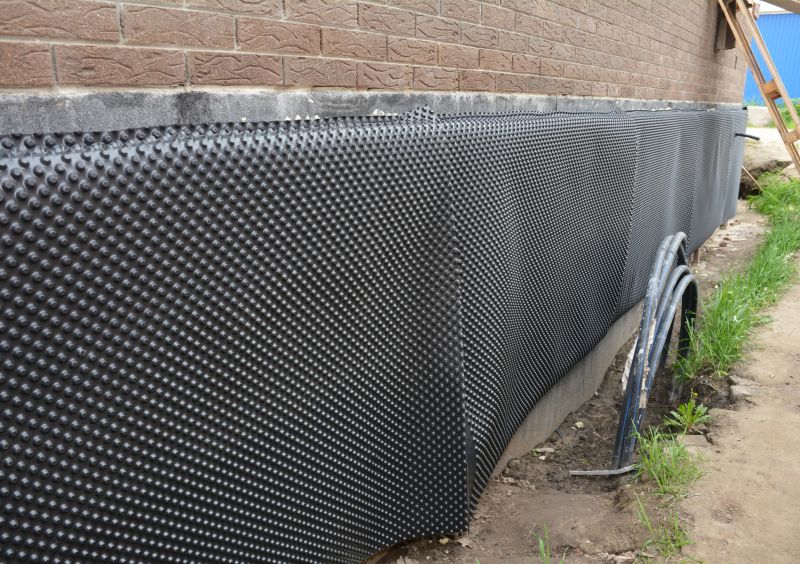
Popular materials for Waterproofings and why they hold up over time.
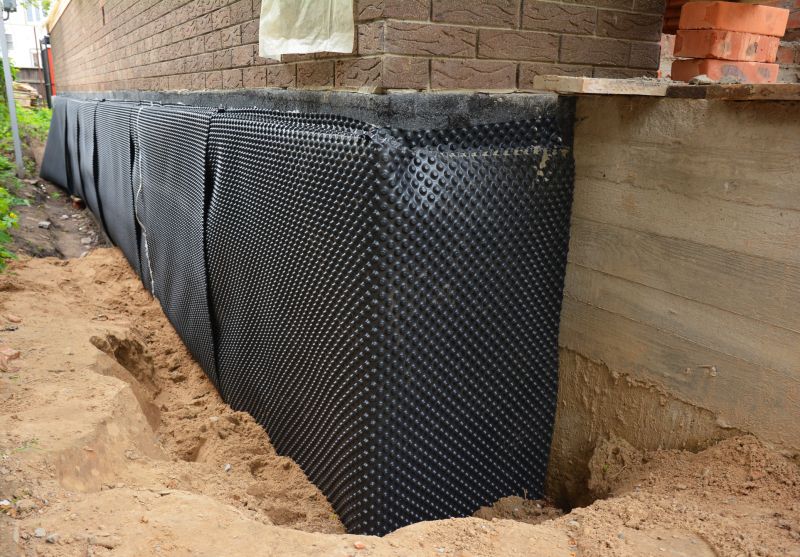
Simple add-ons that improve Waterproofings without blowing the budget.

High-end options that actually feel worth it for Waterproofings.

Finishes and colors that play nicely with Waterproofings.
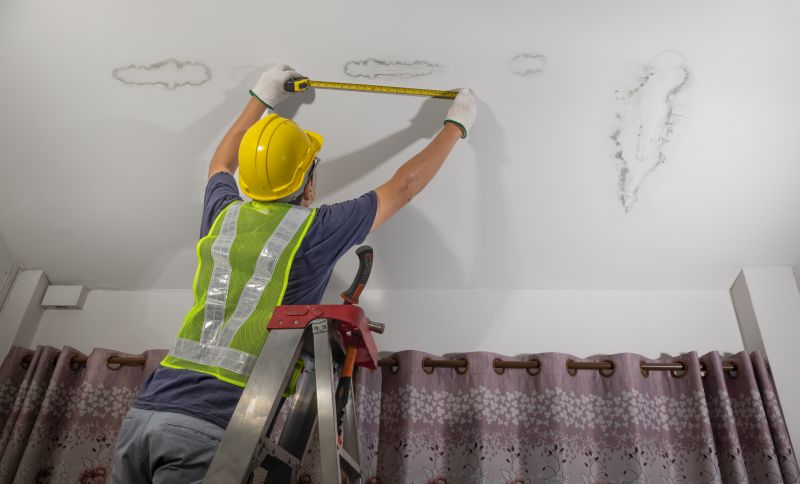
Little measurements that prevent headaches on Waterproofings day.
Waterproofing involves applying specialized materials to prevent water penetration in foundations, roofs, and other structural elements. Effective waterproofing can extend the lifespan of a building and reduce maintenance costs. The choice of waterproofing method depends on the specific application, climate conditions, and structural requirements.

A 60-second routine that keeps Waterproofings looking new.

A frequent mistake in Waterproofings and how to dodge it.
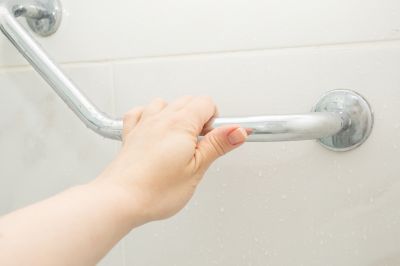
Small tweaks to make Waterproofings safer and easier to use.

Lower-waste or water-saving choices for Waterproofings.
| Season | Optimal Conditions |
|---|---|
| Spring | Moderate temperatures, low rainfall |
| Summer | Warm, dry conditions, watch for high temperatures |
| Fall | Cooler temperatures, low humidity |
| Winter | Cold temperatures, generally not recommended |
Choosing the right time for waterproofing depends on local climate conditions and the specific project requirements. Proper timing ensures materials cure correctly and provides maximum water resistance. Consulting with professionals can help determine the best season for each waterproofing task.

The short, realistic tool list for quality Waterproofings.

Rough timing from prep to clean-up for Waterproofings.
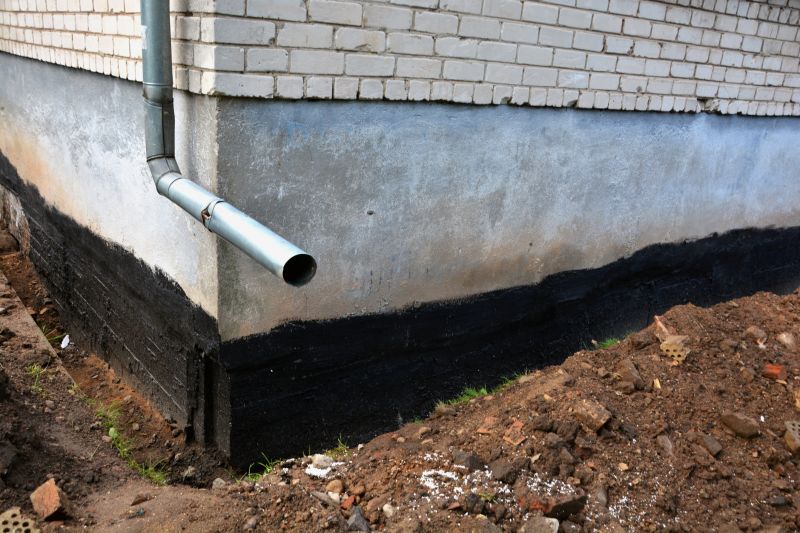
Quick checks and paperwork to keep after Waterproofings.
Interested in waterproofing services? Filling out the contact form can provide more information on suitable timing and options for specific structures. Proper scheduling and application are essential for long-lasting water protection.


